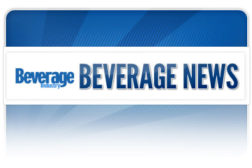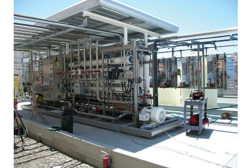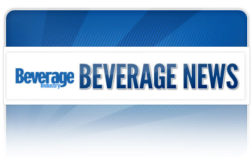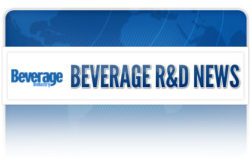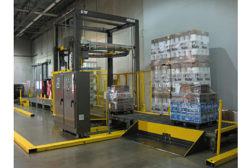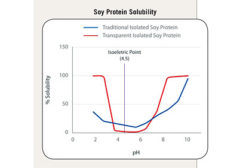Market Insights
The fundamentals of water reuse
Questions to ponder before beginning a recovery process
November 16, 2012
Stability, growth forecasted for wine industry
Research shows demographic possibilities
February 15, 2012
Brewing a successful partnership
Stretch-wrap process saves distributor time, money
January 16, 2012
Processing low pH protein-fortified beverages
Comparing traditional soy with new transparent soy protein
December 13, 2011
Integrating LEED in design
Lighting solution suits environment, offers energy savings
October 14, 2011
LED lighting and strategy
Lighting solution suits environment, offers energy savings
September 12, 2011
Is green really better?
Determine if going green is right for your company
August 15, 2011
1881 finish: A global success story
New standard surface treatment unifies PET beverage packaging
August 15, 2011
Elevate your expertise in the beverage marketplace with unparalleled insights and connections.
Join thousands of beverage professionals today. Shouldn’t you know what they know?
JOIN NOW!Copyright ©2024. All Rights Reserved BNP Media.
Design, CMS, Hosting & Web Development :: ePublishing
